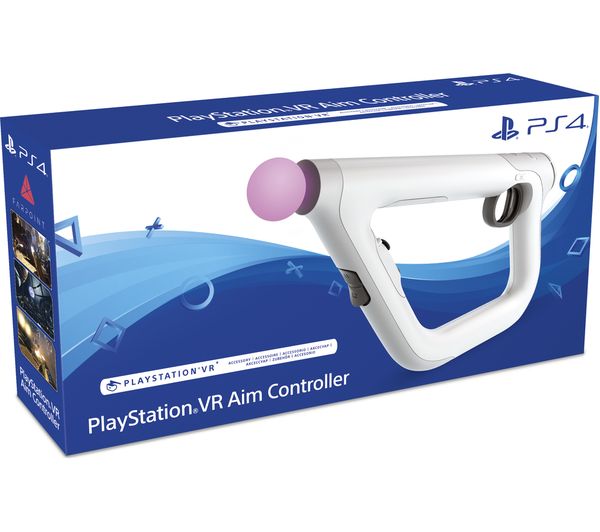
There are some serious downsides to the smart buttons, though – especially the smart triggers. It impacts comfort more than performance, but it’s a persistent annoyance. The L1 button sometimes sticks momentarily after a hard tap. I found the smart bumpers to be somewhat finicky. They do the job well: The button press is short, and it does lead to quicker actuation. If you’ve used trigger locks on a third-party controller, the smart buttons are essentially permanently locked for minimum travel and maximum efficiency. The two other primary add-ons are low-profile “smart” triggers and bumpers, which shorten the top buttons to a very short press (1mm travel).

Though it never caused a problem, I generally prefer visual UI for customization tools – it helps me figure out what works best. Changing buttons is easy, but there’s no indicator letting you know when a change has been made or what the change is. If you buy the remappable version, you can change the inputs to match any of the buttons except the triggers (L2 and R2) using an onboard programming tool.
#Aim labs controller full#
I haven’t pushed them to the brink, but they seem prone to snap under duress, like if you slam the controller onto a messy desk or shove it into a bag full of pencils and other things that could wedge between the paddle and controller’s body. Their one downside is durability: Made from a cheaper plastic than the faceplate and other components, the paddles will bend if you push or pull them the wrong way. The paddles have a quick press and deliver light tactile feedback: They aren’t as pleasing to press as face buttons, but with a little practice you can generally hit them faster and more precisely. This puts them in the perfect positions under your fingers, which is great when you want to use them, but not so great if you want to ignore them, because you will press them by mistake from time to time. The hard plastic paddles reach out from a base in the center of the controller’s back faceplate, curving around the handles to reach your middle- and ring-fingers’ natural resting points. First, it features remappable rear paddles. Investigators interested in deploying diagnostic apparatus including radio receivers and radar, lidar, optical imagers and spectrometers, and interferometers are encouraged to contact the HAARP Ionospheric and Radio Science Laboratory at or 90.The controller I built, which would cost $274 to reproduce (including the cost of the DualSense), features all of Aim’s mechanical add-ons. The HAARP site is an ideal location for deploying synergistic instrumentation for studying radio and space physics. These include ionospheric characterization using satellite beacons, telescopic observation of the fine structure in the aurora and documentation of long-term variations in the ozone layer. Scientific instruments installed at the HAARP Observatory can also be used for a variety of continuing research efforts which do not involve the use of the IRI but are strictly passive. Observation of the processes resulting from the use of the IRI in a controlled manner will allow scientists to better understand processes that occur continuously under the natural stimulation of the sun. The IRI can be used to temporarily excite a limited area of the ionosphere for scientific study.Ī sophisticated suite of scientific or diagnostic instruments that can be used to observe the physical processes that occur in the excited region. The Ionospheric Research Instrument, a high power transmitter facility operating in the High Frequency range.

The HAARP program is committed to developing a world-class ionospheric research facility consisting of: HAARP is the world's most capable high-power, high-frequency transmitter for study of the ionosphere. 11, 2015, allowing HAARP to continue with exploration of ionospheric phenomenology via a land-use cooperative research and development agreement. Operation of the research facility was transferred from the United States Air Force to the University of Alaska Fairbanks on Aug.

Along with the neutral upper atmosphere, the ionosphere forms the boundary between Earth's lower atmosphere - where we live and breathe - and the vacuum of space." ( NASA) "The ionosphere stretches roughly 50 to 400 miles above Earth's surface, right at the edge of space. The High-frequency Active Auroral Research Program, or HAARP, is a scientific endeavor aimed at studying the properties and behavior of the ionosphere.


 0 kommentar(er)
0 kommentar(er)
